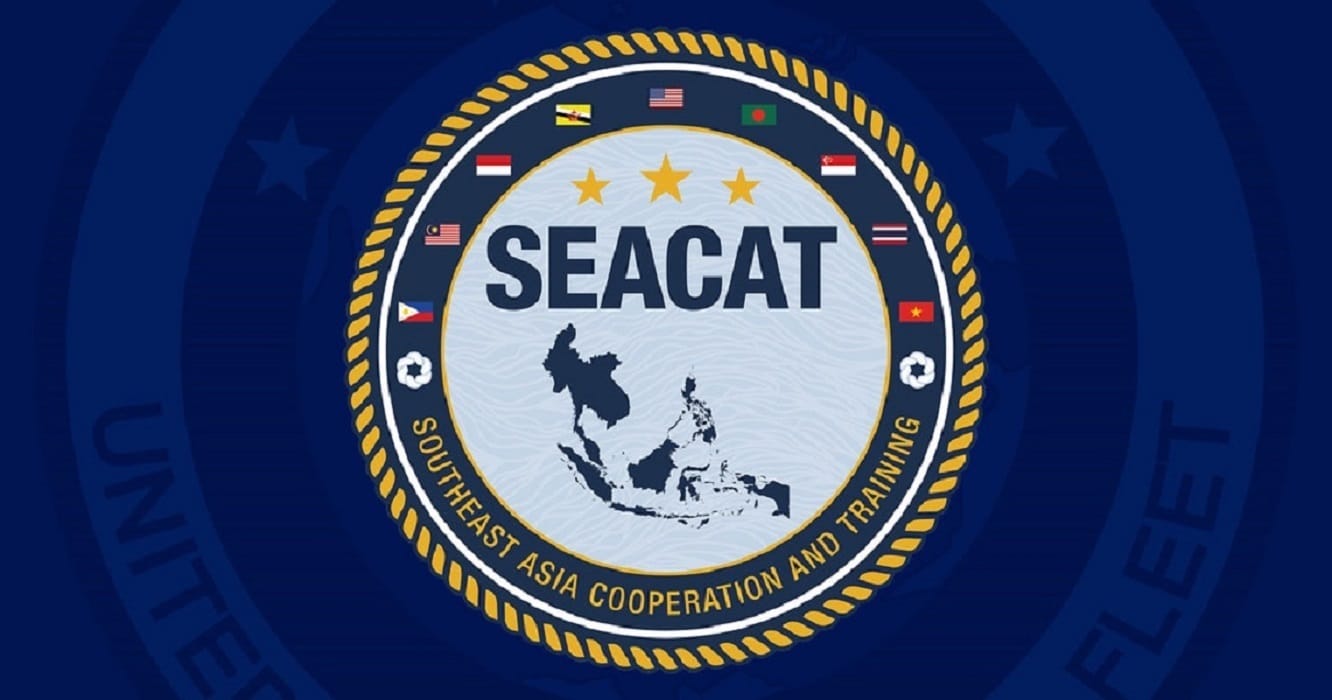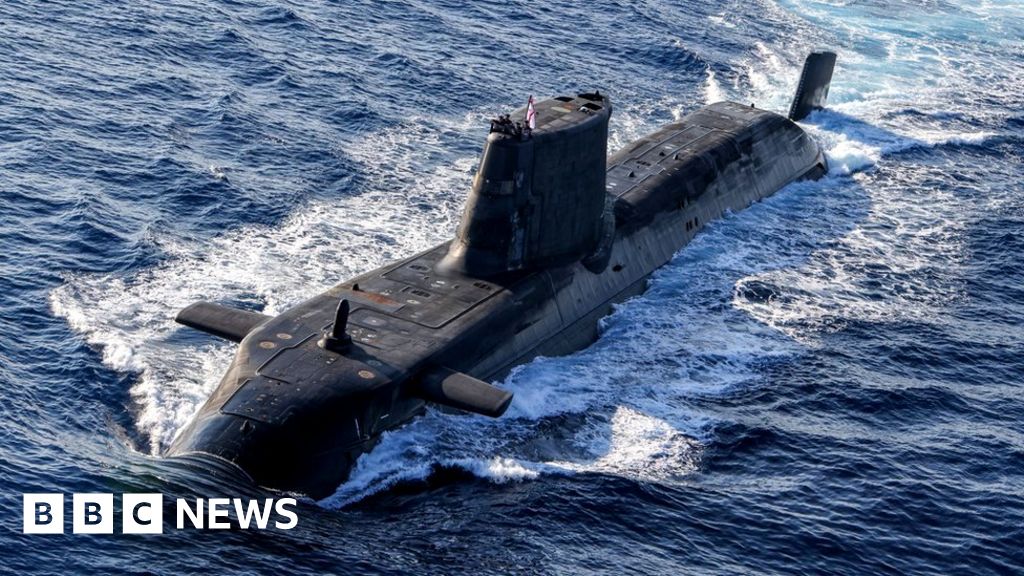Secretary of Defense Austin’s Concept of Integrated Deterrence — Part 1 of 4
1. U.S. Assistant secretary of defense for Indo-Pacific security affairs, Dr. Ely Ratner was sworn into office (after Senate confirmation) by the U.S. Secretary of Defense Lloyd J. Austin III, on a flight to deliver the 40th IISS Fullerton Lecture in Singapore. For the past six months, Ely Ratner led the department’s 15 member China task force, which reviewed where the Pentagon stood in its efforts on Beijing — in my opinion, any Pentagon strategy on China will need input from Japan, India and Singapore, as three legs of a geographic logistics triangle that straddles the 1st and 2nd island chains — in addition, Pentagon’s Joint Artificial Intelligence Center will find receptive ears in Japan and Singapore. Below are some extracts of the Q&A that followed the Feb 2021 DoD China Task force announcement to provide context:
“Q: I guess I'm just trying to understand what that means exactly, that you're trying to figure out whether your best positioned to -- whether DOD is best organized to address these problems. Like what changes could there be?
DR. RATNER: I'm not going to pre -- again, I'm not -- and I'm being completely straight, I'm not going to pre-judge the findings. What -- what is clear is that this issue of technology competition is of increasing importance in the U.S.-China relationship. It's a huge priority for the administration, they've made that clear. There's a new technology directorate inside the NSC.
And many of the issues related to technology have to do with defense and security issues, and we have to make sure that DOD is adequately organized to be able to answer the kind of questions that the interagency is asking, and also as it relates to both innovation and supply chain and technology protection issues.
So this is, in -- in some ways, a -- it's illustrative, insofar as it's, in some ways, a -- a new issue set in parts of its dimensions and we kind of make sure that we're organized to address it.
...
Q: Sir, the military-to-military contacts in the Indo-Pacific are -- are key to a lot of these things. Will your task force be looking at the current state of military-to-military contacts and then perhaps suggesting areas where they could be improved or enhanced or -- or new countries that should be approached? Is that the sort of thing you're looking at?
DR. RATNER: Absolutely, I think both in the context of how are we approaching our alliances and partnerships but also how are we approaching our defense relations with China? Absolutely, we'll be looking at both of those.”
2. Through the recommendations of the DoD task force, Secretary Austin has actionable recommendations and milestones to meet the China challenge; including an assessment of the best way to defend the international, rules-based order. Secretary Austin called it “magnificent piece of work” that fueled future policy plans. The U.S. Senate also confirmed:
- Heidi Shyu, to be undersecretary of defense for research and engineering — Taiwan-born Shyu immigrated to the U.S. at age 10
- Shawn Skelly, to be an assistant secretary of defense for Readiness — Skelly is a retired Navy commander, and the second openly transgender person to be confirmed as a federal official
- Meredith Berger, to be assistant Navy secretary for energy, installations and environment
- Caroline Krass, to be Pentagon general counsel
- Gina Ortiz Jones, to be undersecretary of the Air Force — Jones is a lesbian and a retired USAF Captain, had worked in the Defense Intelligence Agency, where she specialized in Latin American topics
-
3. Secretary Austin’s lecture is titled "
The Imperative of Partnership" and it affirms Biden administration's position that no country can go it alone: "Our network of alliances & friendships is an unparalleled strategic asset."
(a) Secretary Austin said: “How can we unite to recover and to rebuild? And how do we work hand in hand to forge a more resilient regional order?
We think that the answer involves three components—and all of them are rooted in the imperative of partnership.
First, the most urgent task is recovery. We must redouble our fight against COVID and raise up a safer, healthier, and more prosperous future.
Second, we must look further ahead… and invest in the cooperation, and the capabilities, and the vision of deterrence that will meet the security challenges here in Southeast Asia and across the Indo-Pacific.
And third, we must recommit ourselves to the great, long-term project of coming together as Pacific states to build a free and open region… one that stretches toward new horizons of partnership, prosperity, and progress.”
(b) In addition, Secretary Austin called the U.S.-developed vaccines ''medical miracles,'' as they have proven remarkably effective at preventing illness or lessening the severity of an infection. ''And you know what? They're free,'' Austin said. ''No conditions. No small print. And no strings attached. Because this is an emergency. And that's what friends do.'' The secretary noted Singapore aided India when COVID-19 threatened to overwhelm that nation. He also pointed out that Singapore has three new vaccine-production facilities planned or under construction.
(c) Meanwhile, India, Japan, Australia and the United States have committed to producing and delivering a billion vaccine doses in the Indo-Pacific, he said. ''South Korea is aiming to produce up to a billion vaccine doses this year,'' Austin said. ''To help, the United States and South Korea have established a comprehensive global vaccine partnership.''
(d) Austin mentioned the exercises Pacific Vanguard as well as Talisman Sabre off Australia, which involved the United States, Japan, Australia and South Korea carrying out “integrated, high-end maritime operations.” In relation to China, Secretary Austin said: “We will not flinch when our interests are threatened. Yet we do not seek confrontation.
So let me be clear: As Secretary, I am committed to pursuing a constructive, stable relationship with China… including stronger crisis communications with the People’s Liberation Army. You know, big powers need to model transparency and communication. And we hope that we can work together with Beijing on common challenges, especially the threat of climate change.”
(e) Secretary Austin also said: “Singapore has chosen to invest in the F-35 Joint Strike Fighter. That’s going to boost our collective capabilities… and open up new opportunities for high-end combined training.
Integrated deterrence also means working with partners to deter coercion and aggression across the spectrum of conflict… including in the so-called “grey zone” where the rights and livelihoods of the people of Southeast Asia are coming under stress. That’s why we’re working to strengthen local capacity and to bolster maritime-domain awareness, so that nations can better protect their sovereignty… as well as the fishing rights and the energy resources afforded them by international law.
Meanwhile, we’re improving interoperability across our security network. And that includes more complex exercises and training. In Japan, for example, we recently wrapped up an ambitious, large-scale exercise… in which U.S. and Japanese forces together conducted the first successful firing of a High Mobility Artillery Rocket System in Japan.”




